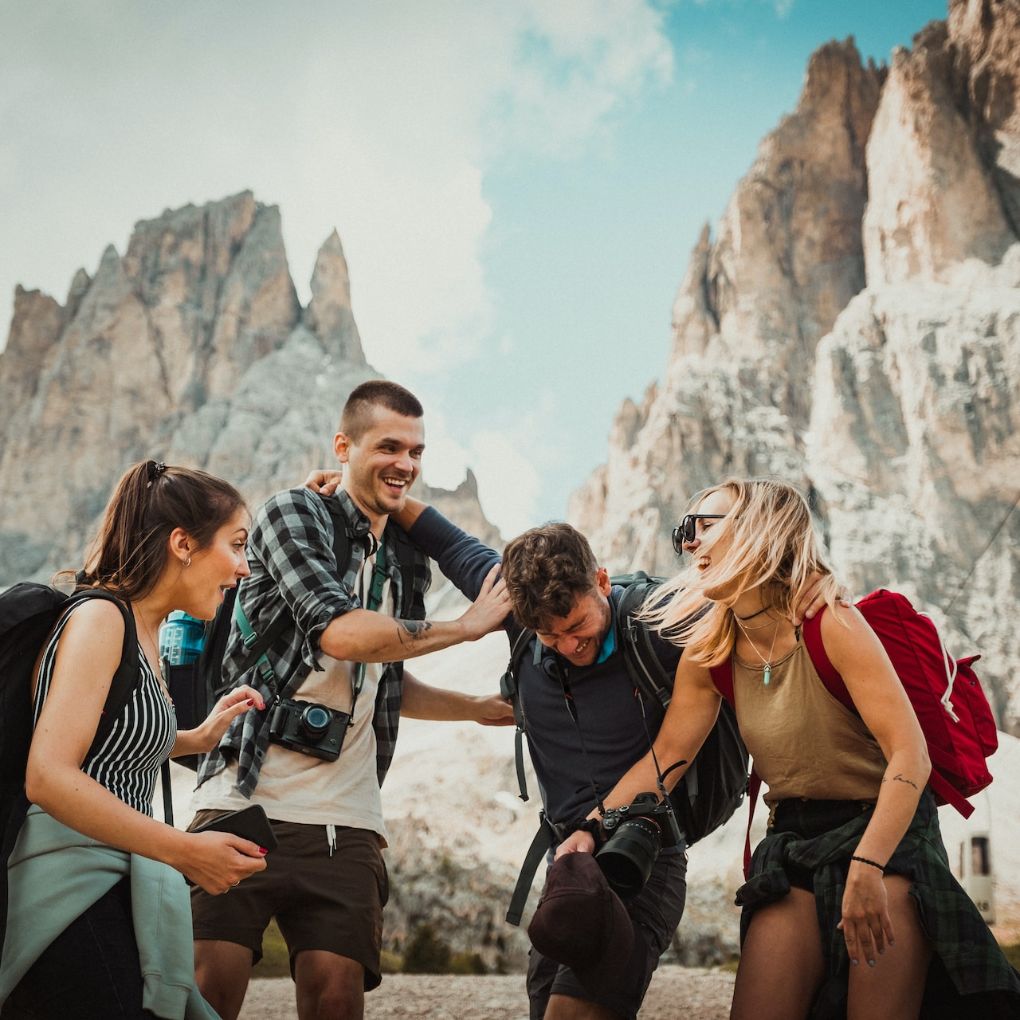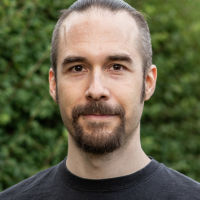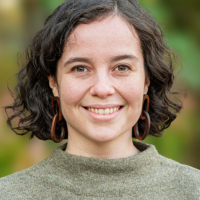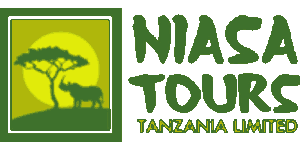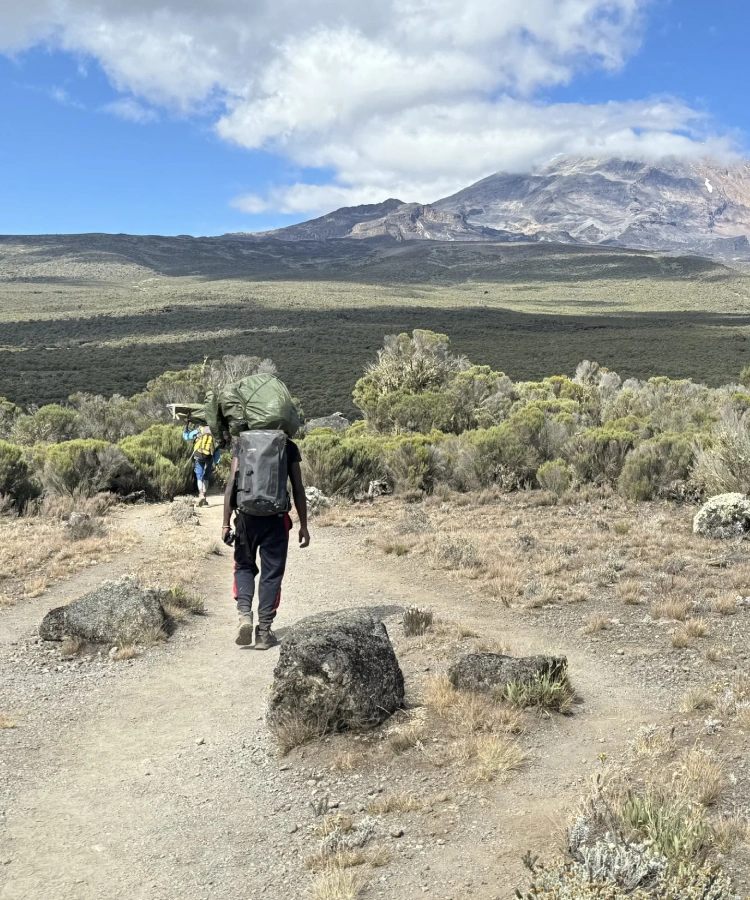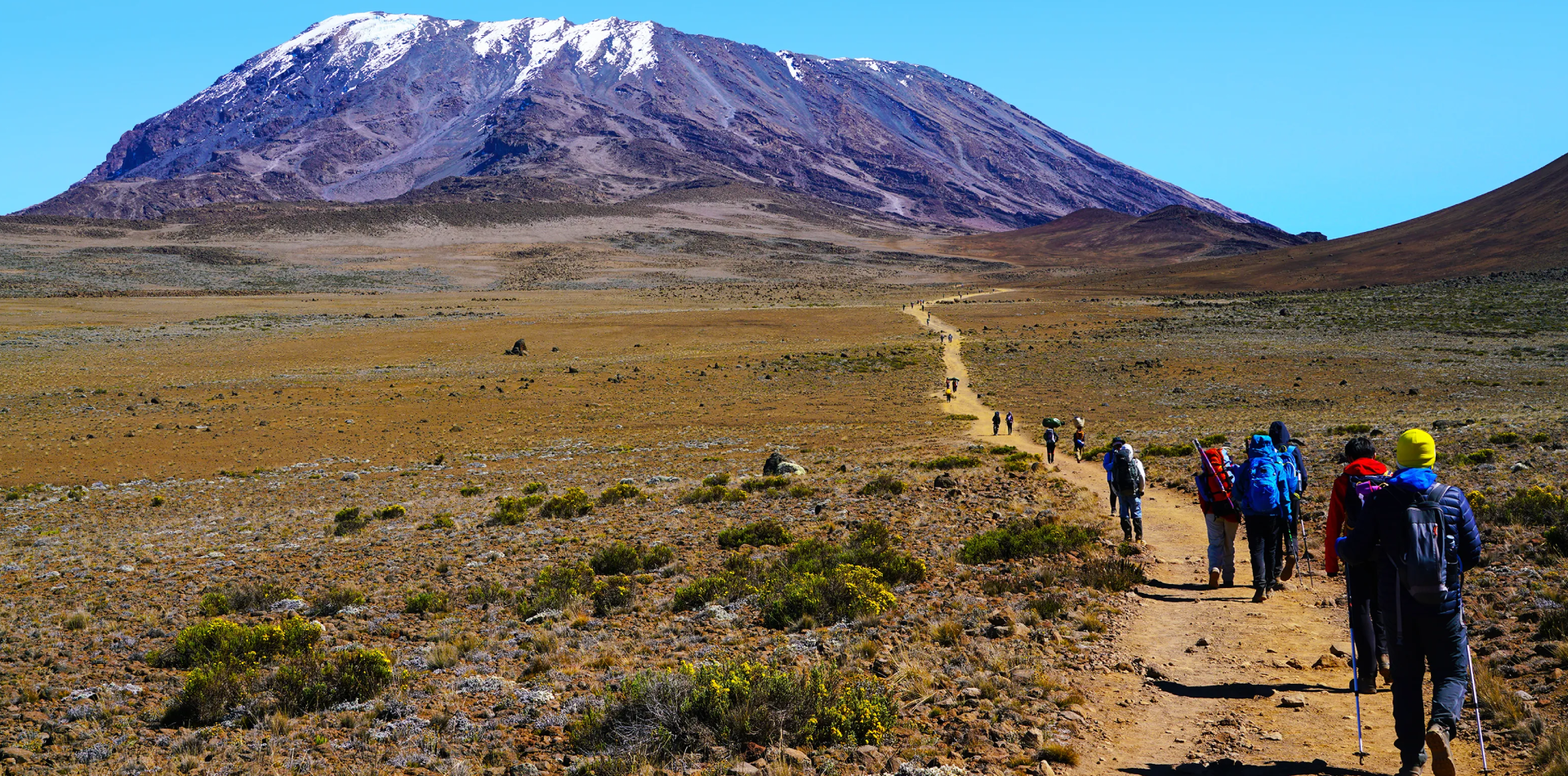
7 Days Machame Route
About This Safari
Challenge yourself on the scenic 7-Days Machame Route, one of Kilimanjaro’s most popular and rewarding treks. Known as the “Whiskey Route,” it offers breathtaking views, diverse landscapes, and a strong acclimatization profile. Trek through lush rainforest, moorland, alpine desert, and glacier fields as you ascend to Uhuru Peak—Africa’s highest point. Camp under the stars, cross iconic landmarks like the Barranco Wall, and witness an unforgettable summit sunrise.
This Machame Route is ideal for physically fit hikers seeking an adventurous and immersive Kilimanjaro experience. Fully guided and supported, it’s a journey of endurance, beauty, and achievement.
Tour Highlights
Scenic Trekking
The Machame route offers breathtaking landscapes, from lush rainforests to rocky ridges, making every step a visual treat. You’ll feel deeply connected to nature’s beauty throughout the journey.
Excellent Acclimatization
This route’s gradual altitude gain helps your body adjust comfortably, reducing altitude sickness risk. Taking it slow means you can enjoy the climb and feel strong on summit day.
Diverse Habitats
You’ll pass through varied environments—from dense montane forests to open moorlands and alpine deserts—each with unique flora and fauna, enriching your Kilimanjaro adventure with ever-changing natural wonders.
Barranco Wall
Climbing the Barranco Wall is a thrilling challenge. The steep ridge rewards you with stunning views and a real sense of accomplishment, a highlight that many climbers remember fondly.
Price starts at 2200 USD depending on the group of people contact us to get your quotation
Tour Details
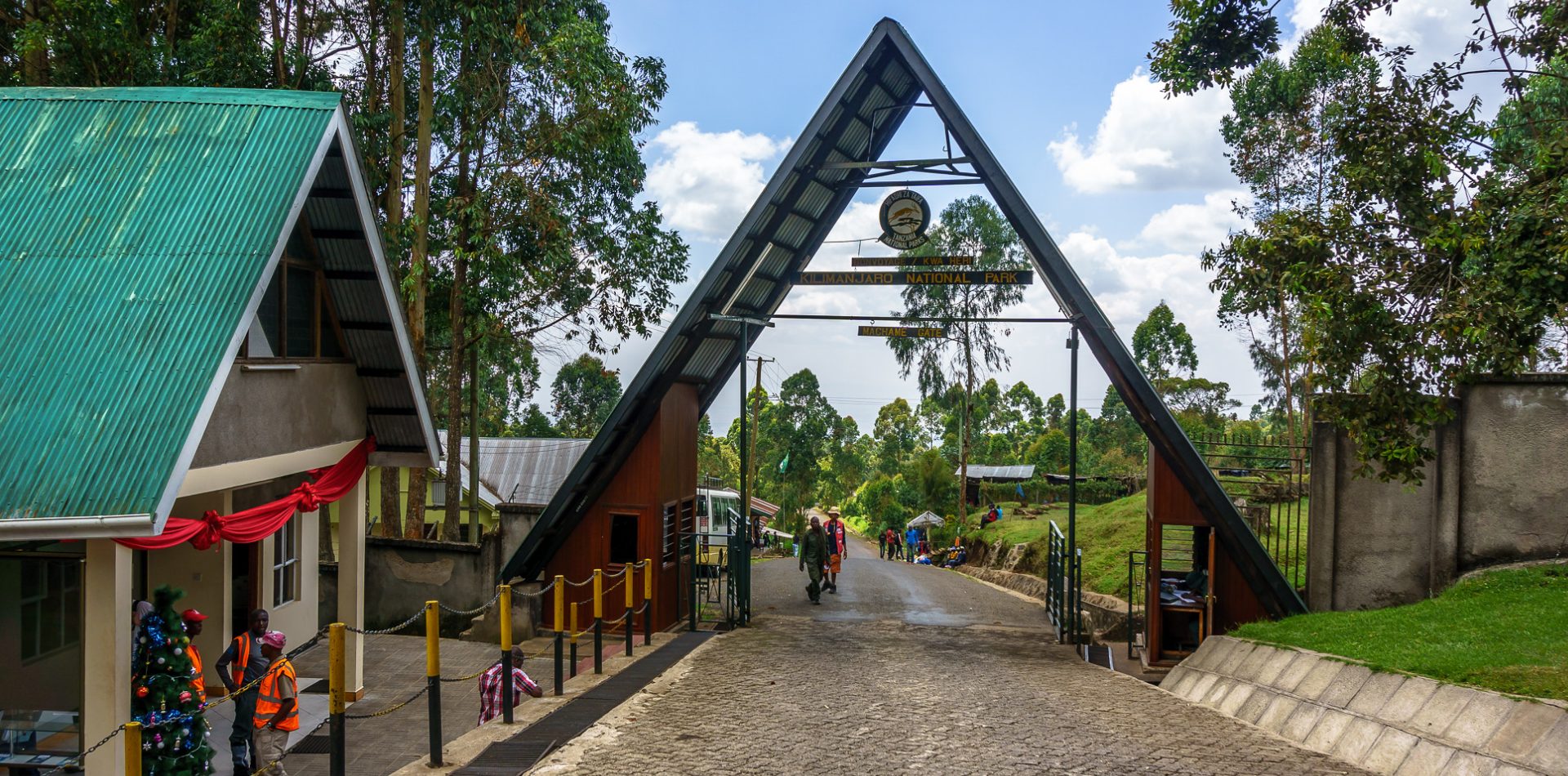
Your will be picked up after breakfast at your accommodation, then transported to the gate an early starts of your Kilimanjaro Adventure Once we reach the park gate we will proceed directly to machame Campsite. The average hiking time is about 6 hours, and there will be lunch on the way, before dinner and overnight tents. The altitude at Machame hut campsite is 3100m.
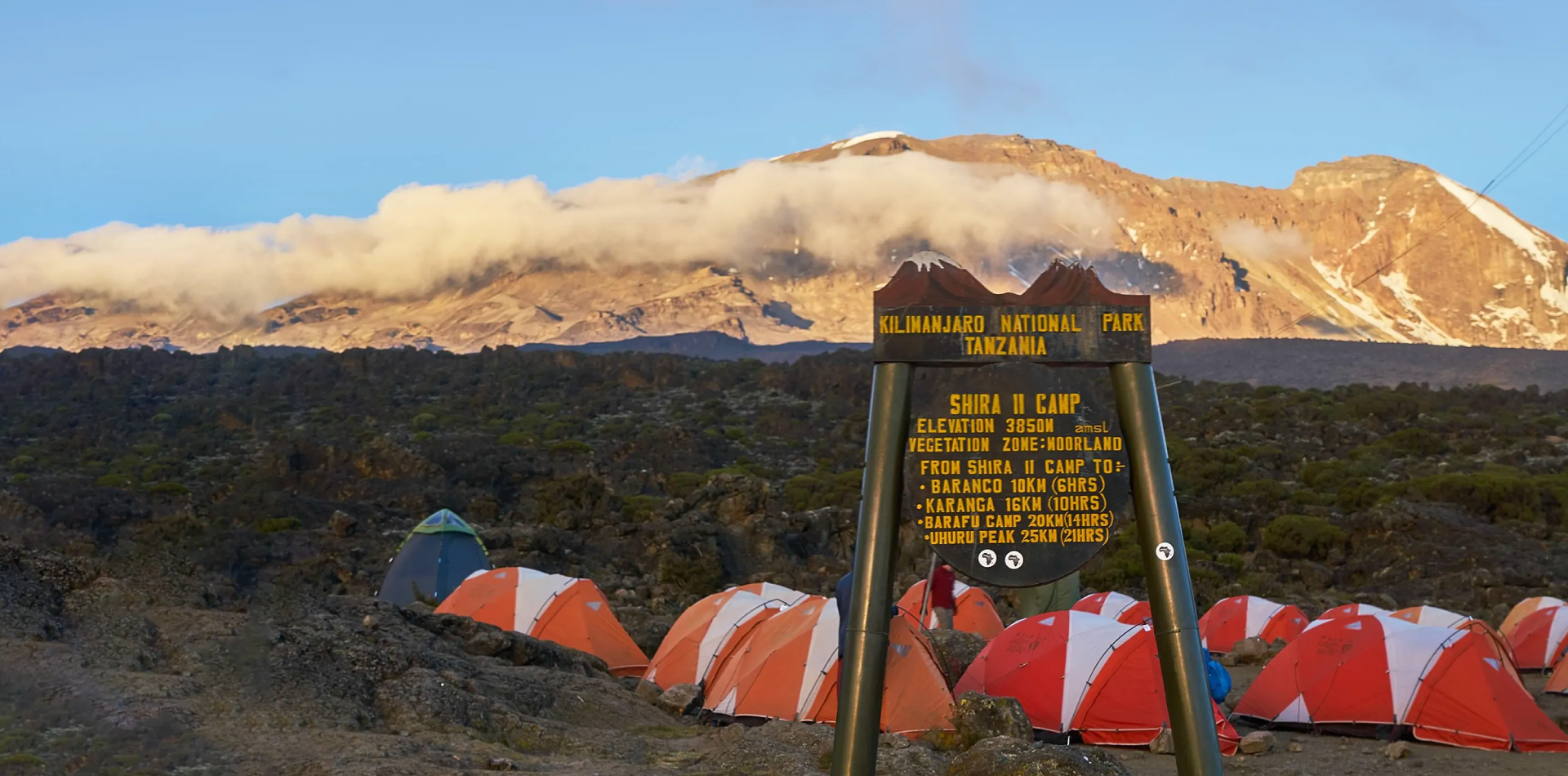
After breakfast you hike you to Shira camp. The trek takes approximately 4 hours via the rain forest past the valley and steep rocky ridge ending westward at a river gorge. You will have rest, and lunch halfway. Dinne and overnight in tents at Shira hut campsite. 3,658m above sea level.
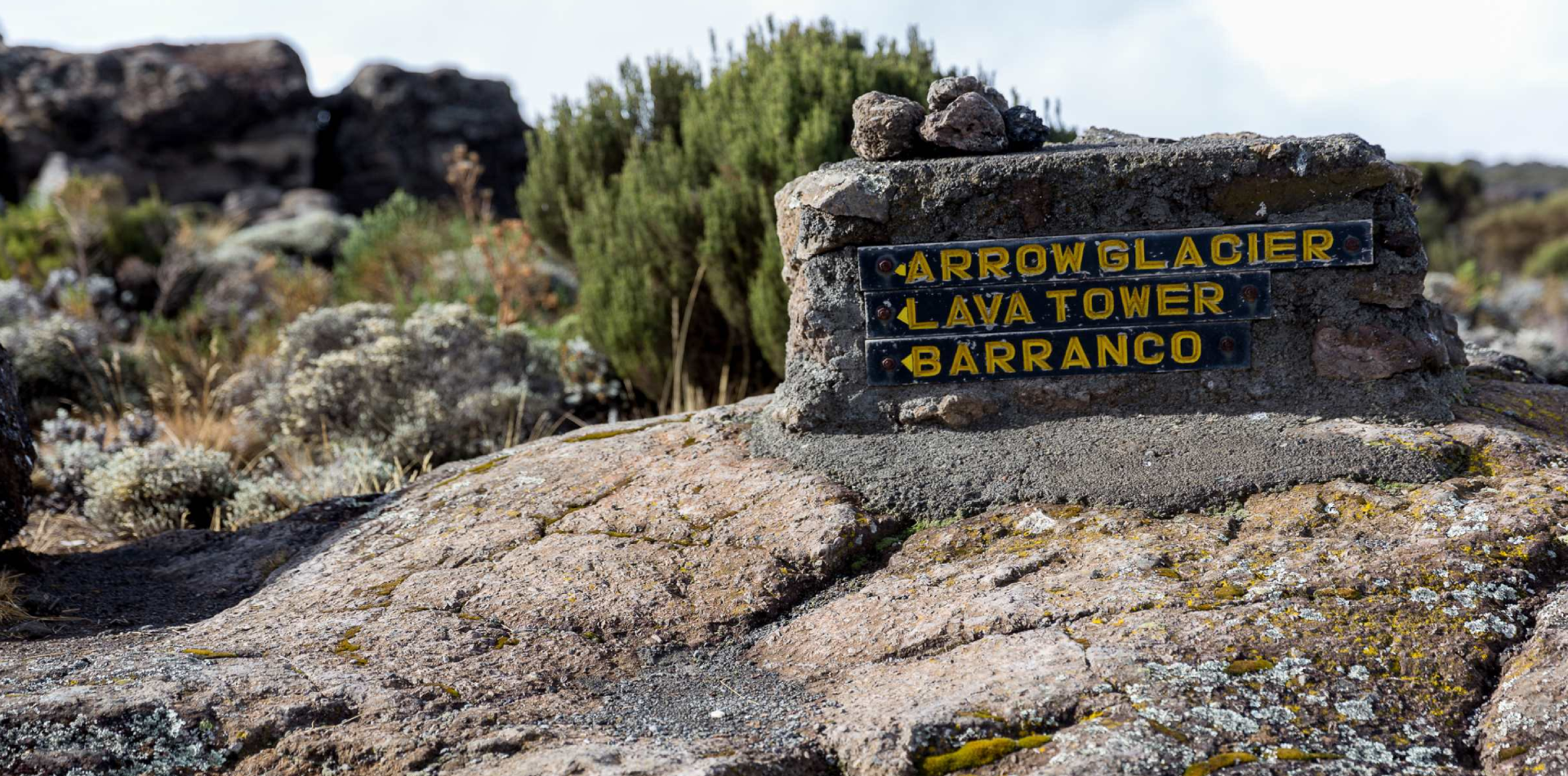
From Shira, ascenic day to Barranco camp in a average hiking time of 6 hours. We pass “The lava Tower” and the Arrow glacier, altitude 4,876m. we descend to Barranco campsite for our third overnight on Kilimanjaro. 3,860m above sea level.
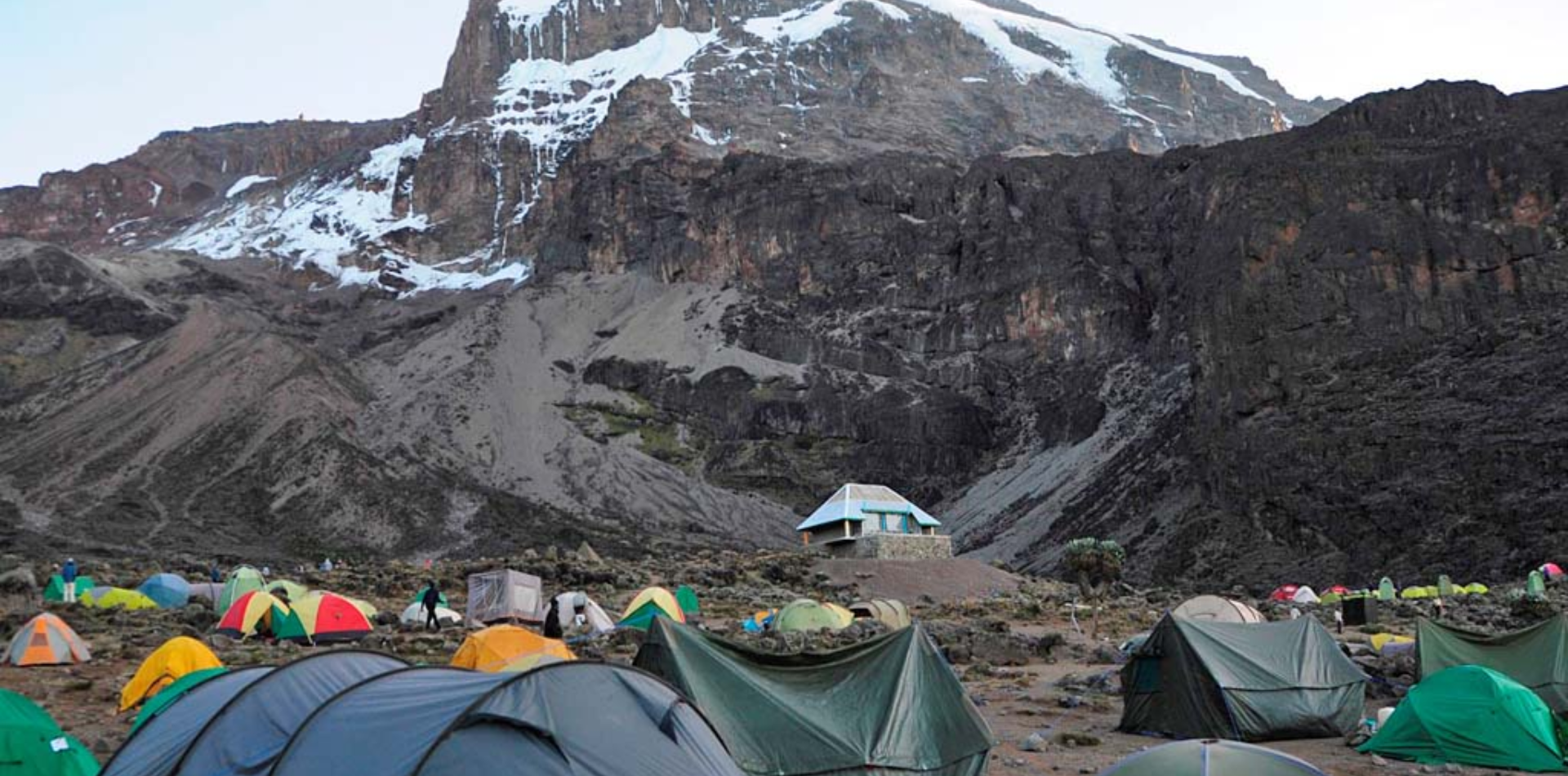
Level Barranco in the morning after breakfast. A shirt 1.5 hours hike to karanga Valley, where we enjoy a warm lunch and relax in the tents.
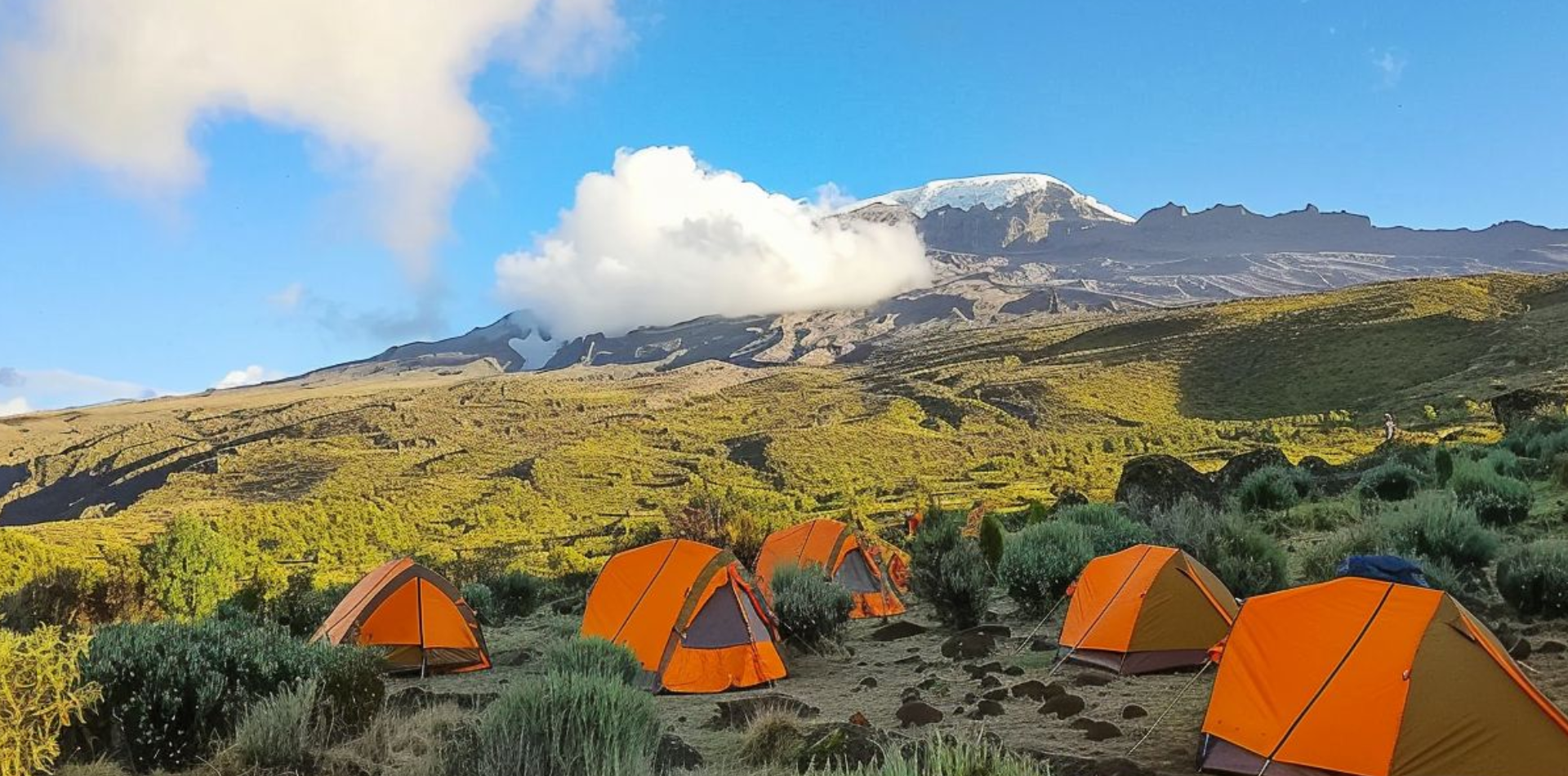
After breakfast we leave the Karanga valley and head towards the junction which connects with the Mweka trail. We hike to Barafu (Barafu mean ice in Swahili, be ready low temperatures!) camp where we set up camp. This day’s walk is about 5 hours. Dinner and overnight at the campsite, altitude 4,600m with the possibility of sighting both Mawenzi and Kibo peaks. Early bedtime to prepare for the night ascent to the top!.
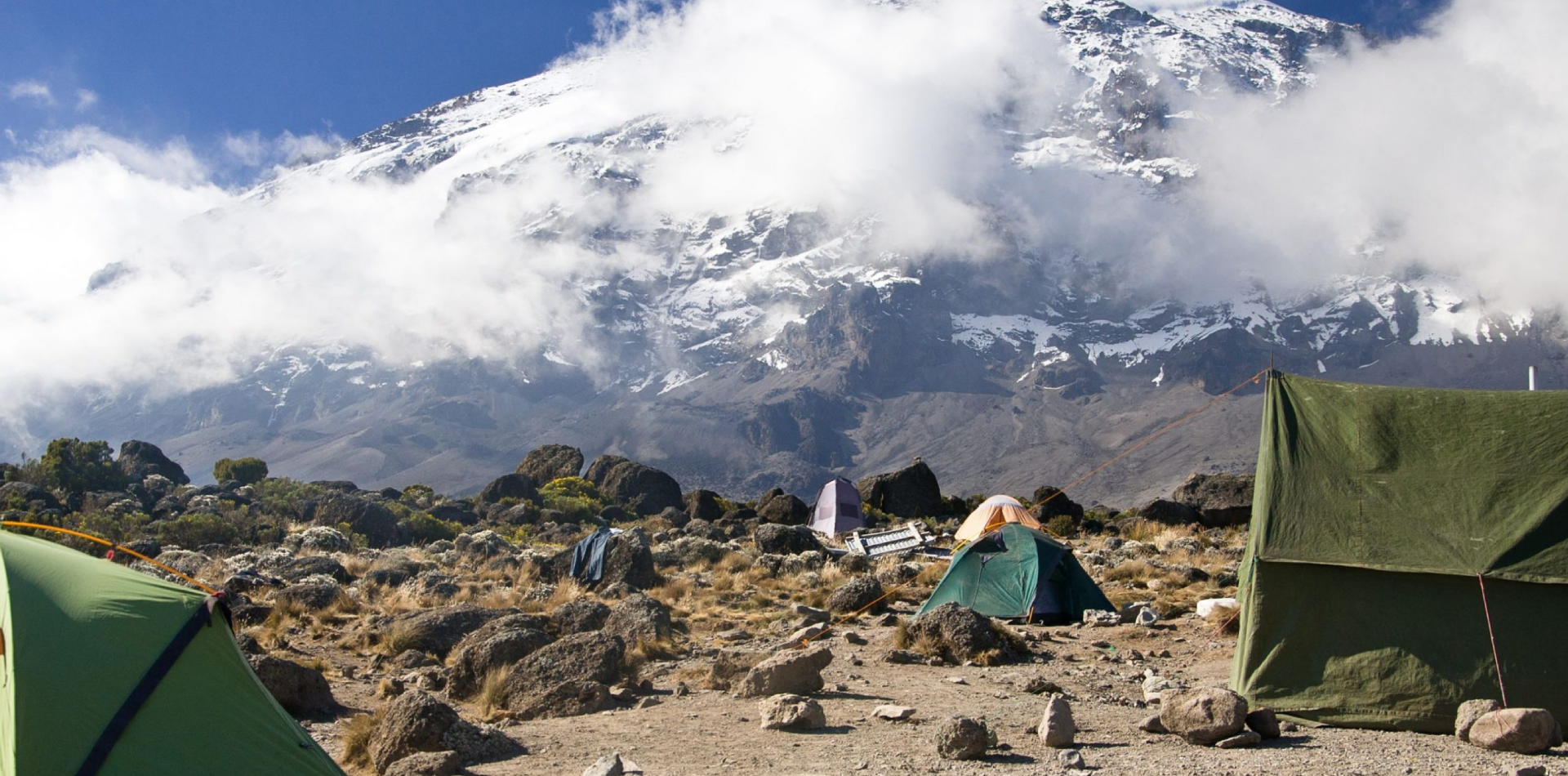
Stella point and Uhuru Peak. We rise early (around midnight) and head for Stella point altitude 5,745m on our way to the summit Uhuru Peak (Uhuru means Freedom in Swahili) which is 5,895m above sea level. This part of the hike takes about 6 hours. From the summit we desced to the Mweka hut campsite, 3,100m above sea level. This part of the descent takes about 5 hours. Dinner and the last camping night at the campsite.
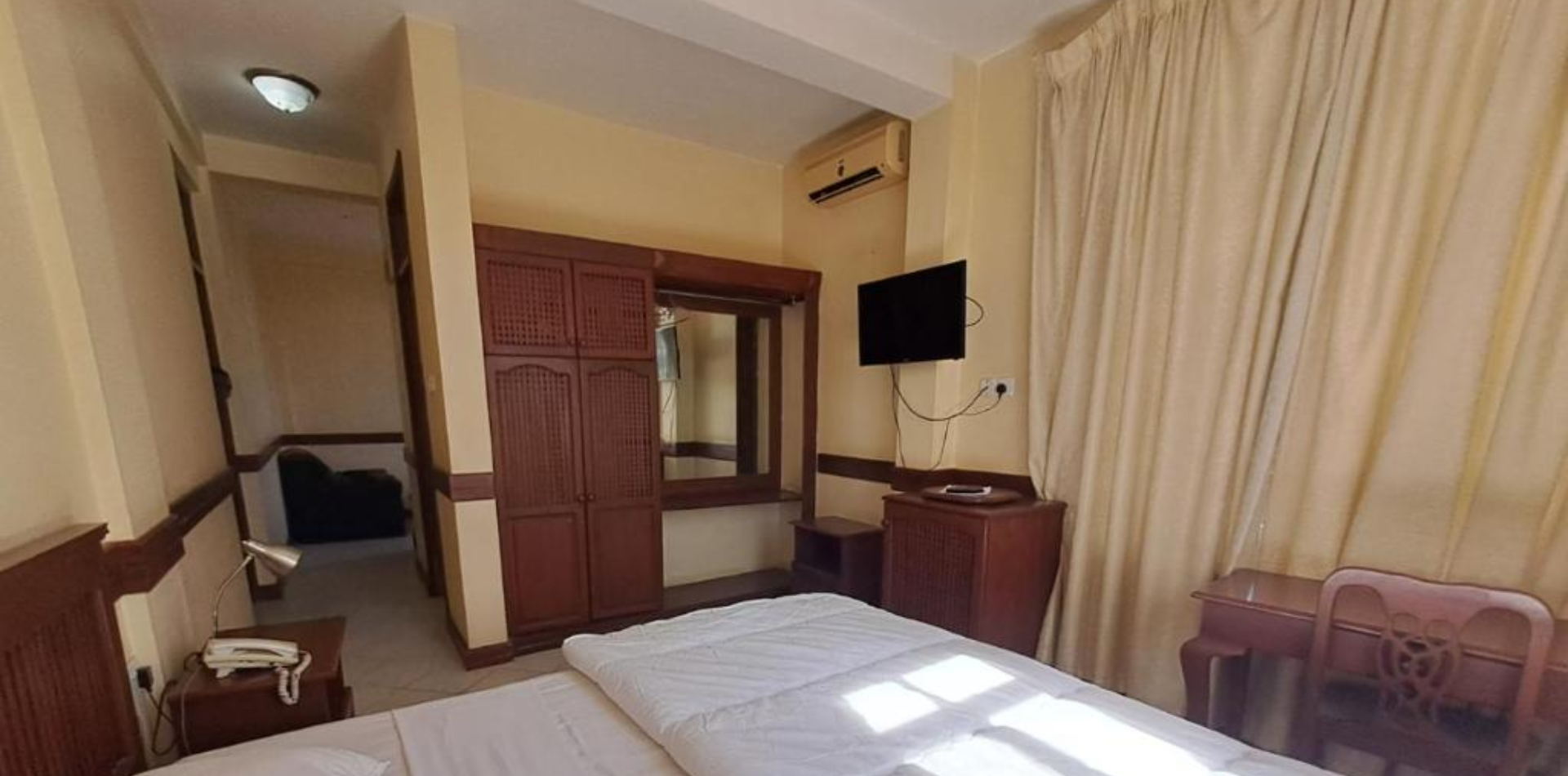
After breakfast, we descend to the Mweka Park Gate in an average hiking time of 4 hours at the gate the successful climbers who have reached the peak will be give the certificates proving successful achievements of reaching the top! Then we will transport you to your next accommodation or airport for your journey back home.
Inclusions & Exclusions
- Kilimanjaro trekking according to the itinerary.
- Professional, English-speaking Wilderness First Responder & CPR certified Guide.
- Proper Ration of Mountain crew (Cook & Porters).
- Pre and Post accommodations (2 nights Bed and Breakfast).
- Airport Transfers.
- Meals according to the itinerary.
- Drinking water and Full Board Meals.
- All National Park & Hut Fees, Crew Permits and VAT.
- Fair and Sustainable Salary Crew Wages.
- Gate Transfers.
- Complimentary Oxygen Cylinder.
- Portable Private Toilet and Porter.
- Flights
- Visa fees
- Tips for porters and mountain crew is recommended $450 per person.
- Tips for porters and mountain crew .
- Personal spending money for souvenirs etc.
- Energy food & beverages, alcoholic and soft drinks.
- Personal hire gear such as trekking poles, sleeping bags, etc.
- Additional lodge nights if early descent from the mountain.
Tour Map
Tour Gallery
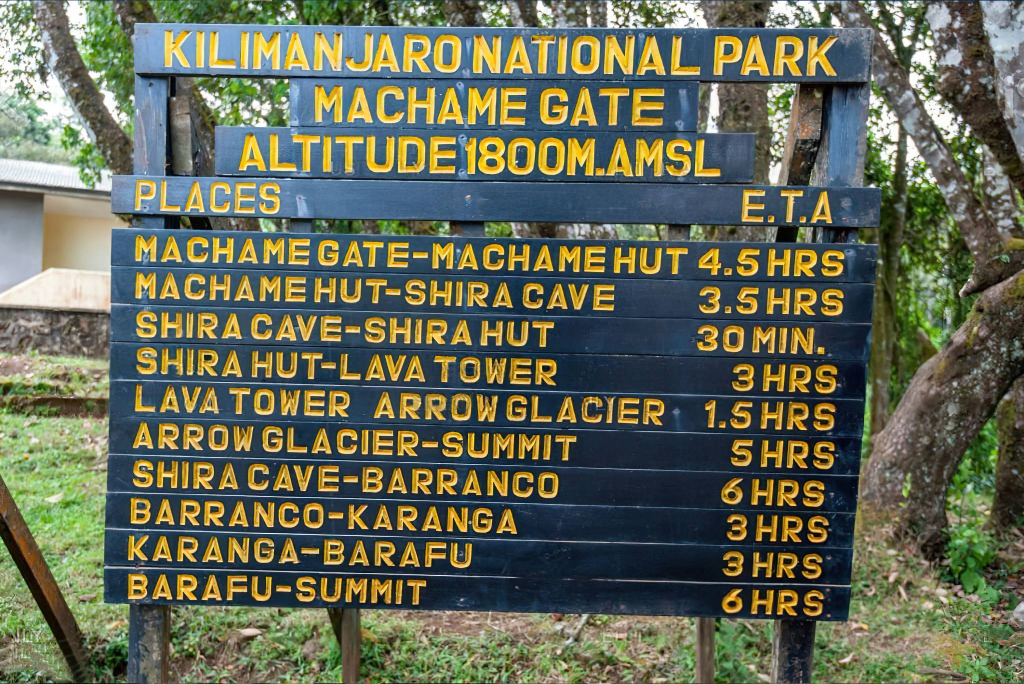
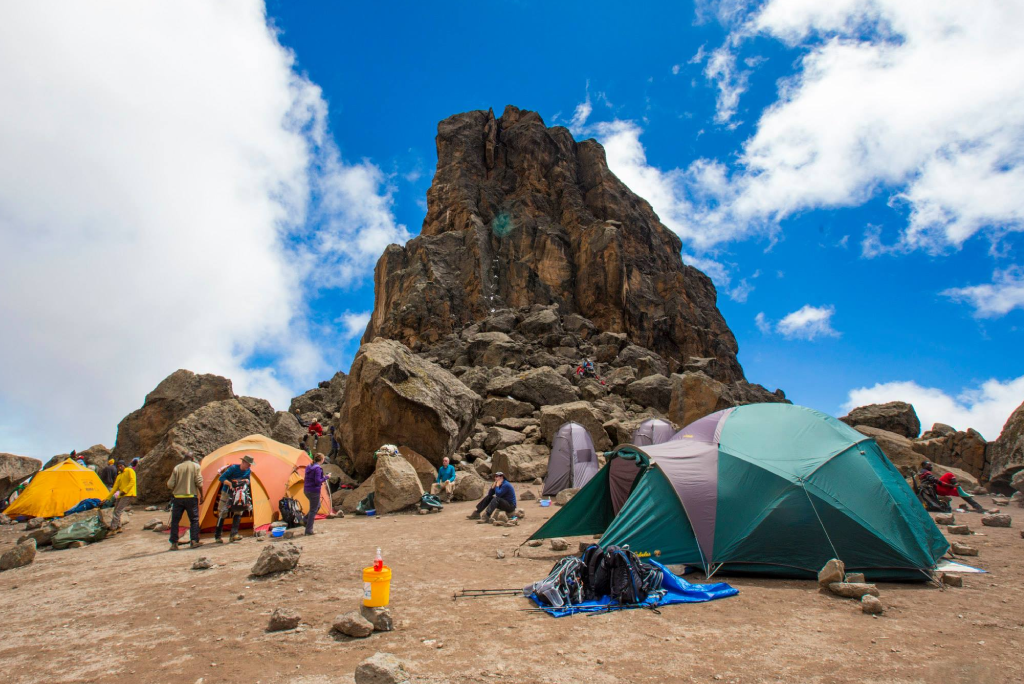
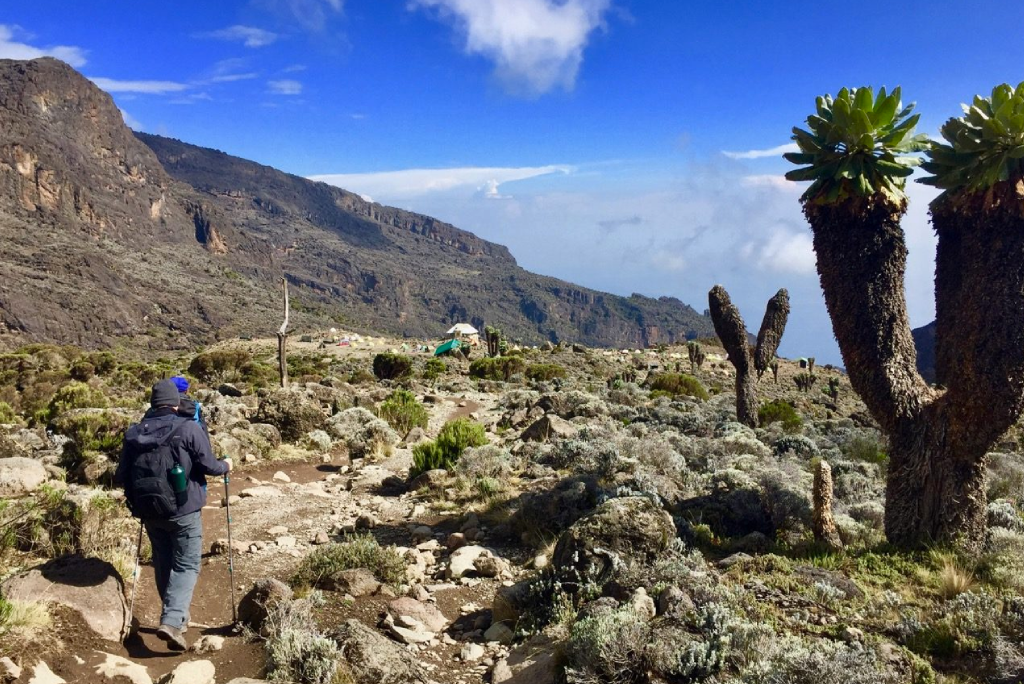
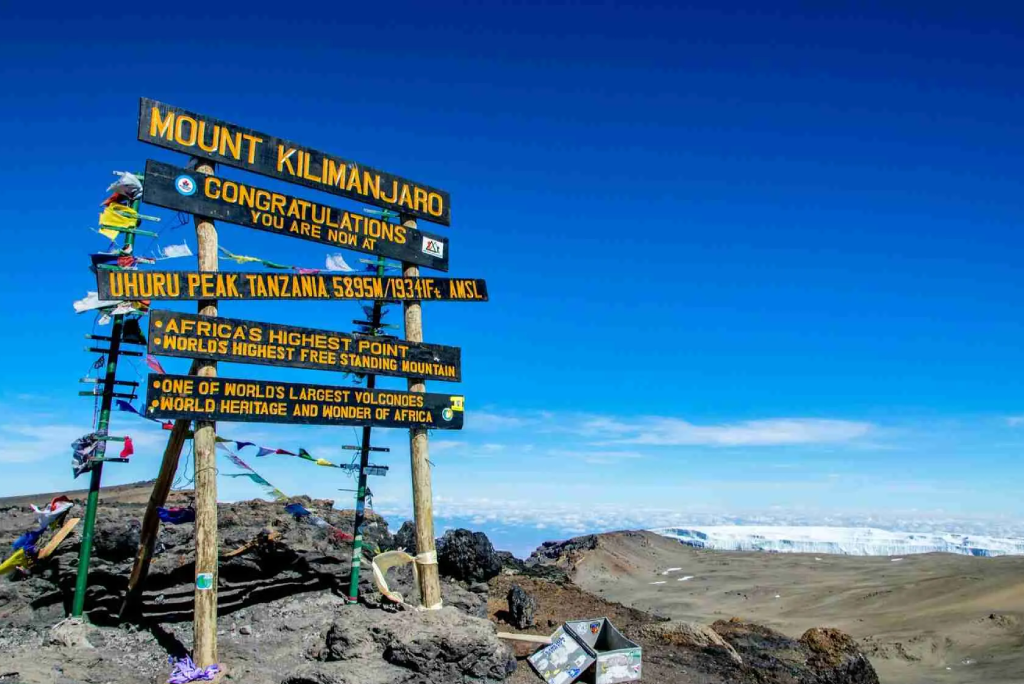
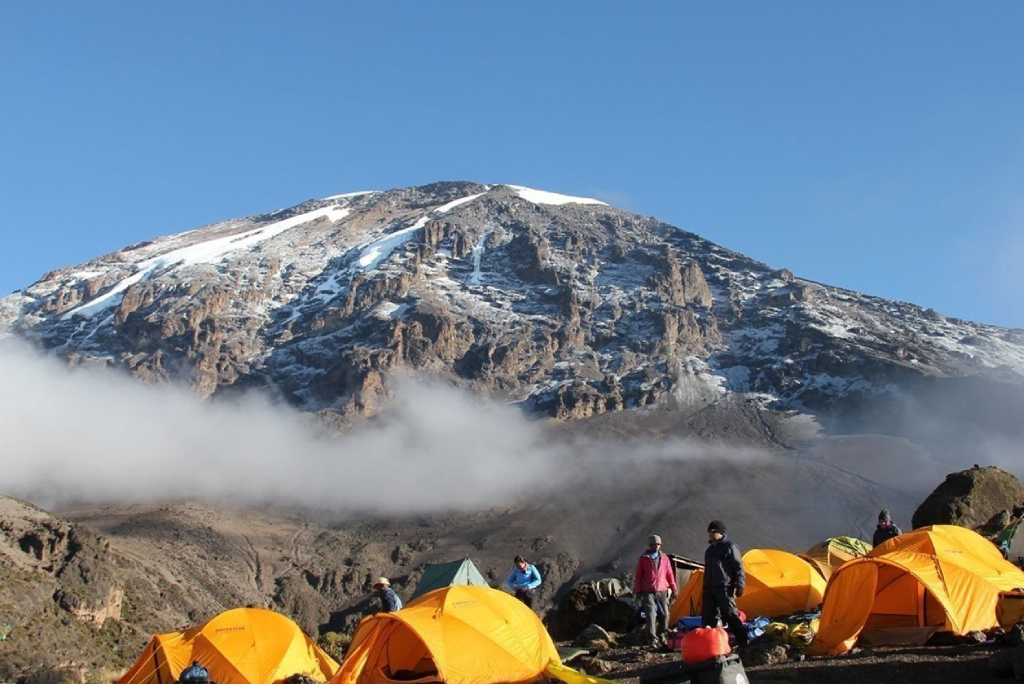
Related Mount Kilimanjaro Trekking
Given the off-road terrain that will be encountered, a bike that can adequately tackle this is also essential. A gravel bike is usually a popular option for bikepacking.
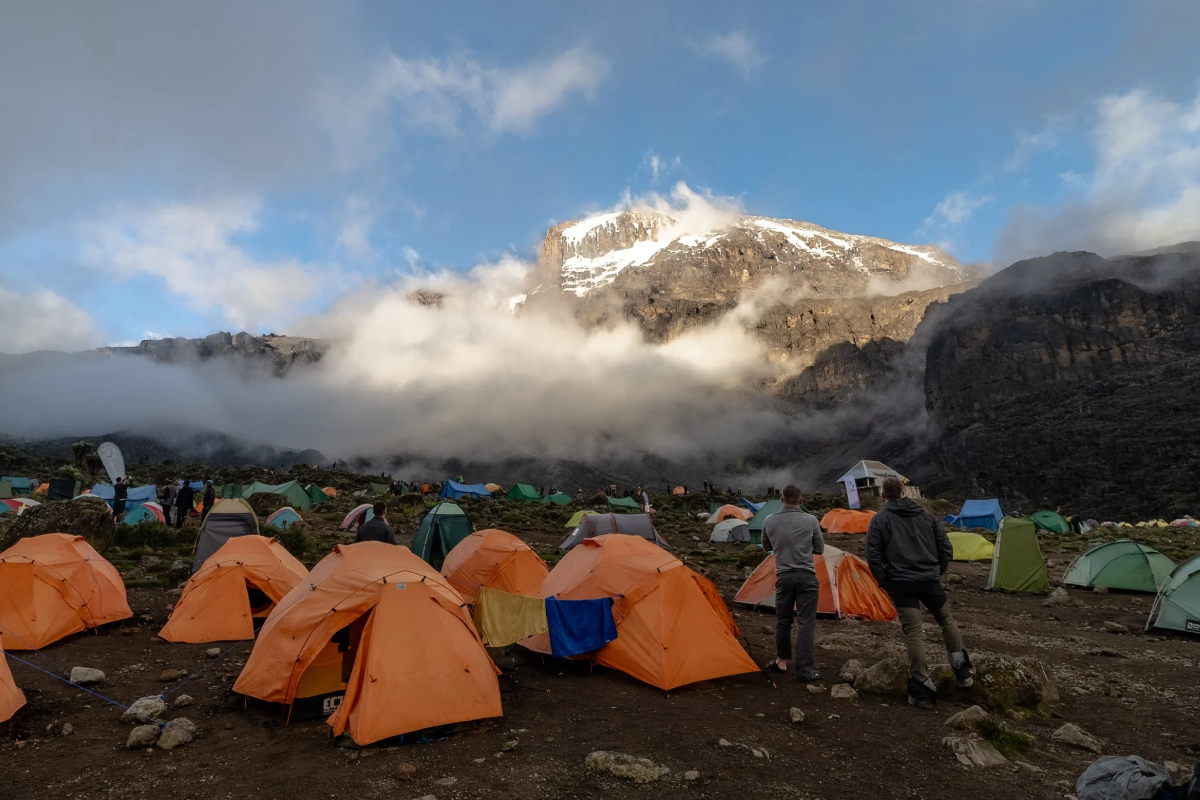
8 Days Lemosho Route
Embark on an 8-day Lemosho Route trek, traversing forests, plateaus, alpine deserts, and summiting Uhuru Peak with expert support.
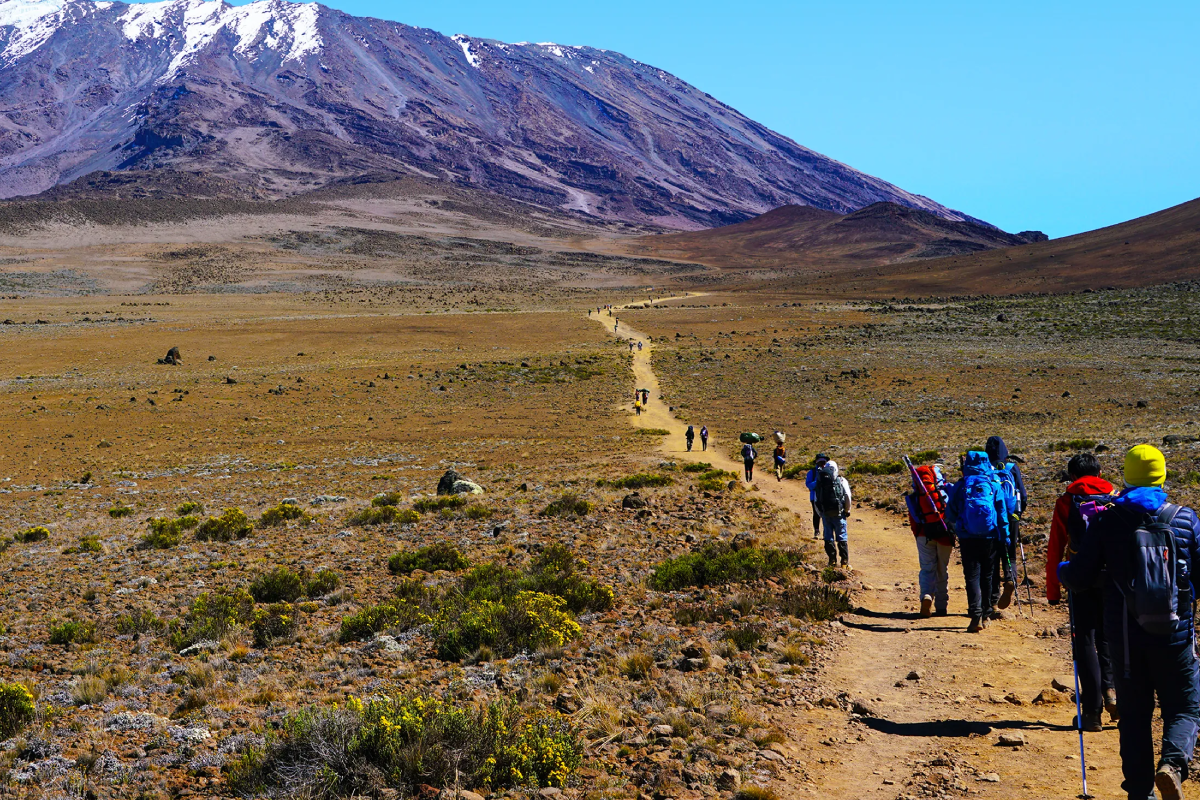
7 Days Machame Route
Trek Kilimanjaro’s 7-day Machame Route, crossing rainforests, moorlands, and glaciers, camping under stars, reaching Uhuru Peak with guided support.
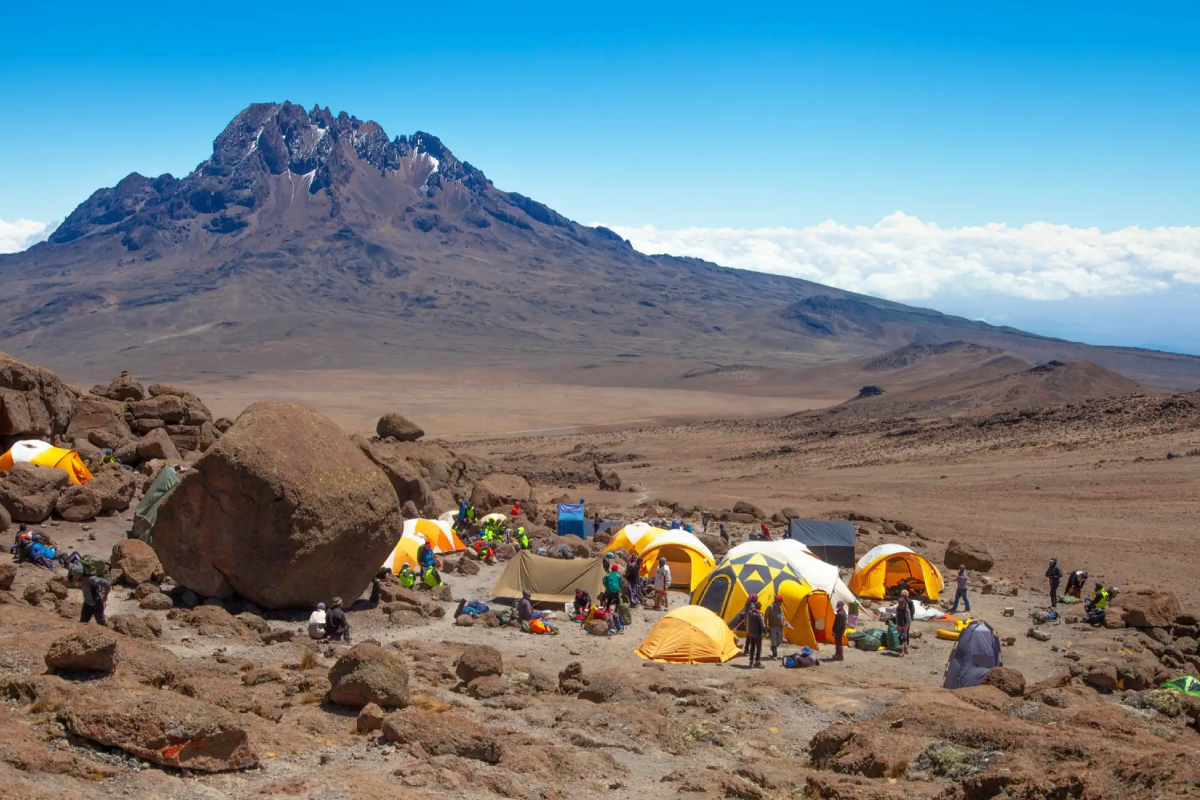
6 Days Rongai Route
Trek Kilimanjaro’s 6-day Rongai Route, ascending through rainforest, moorland, and alpine desert, summiting Uhuru Peak with expert guides and full support.
We make it easier for everyone to experience the world
Ready to explore Tanzania’s natural wonders? We’re here to help! Whether you’re planning a once-in-a-lifetime safari or a peaceful nature escape, our team makes travel easy and personal. Reach out today—let’s turn your dream of exploring Tanzania and beyond into reality. We make it easier for everyone to experience the world, one journey at a time. Contact us today!
Need I help? Talk to an Expert
+255767493713 +255690129757
Mountain Climbing FAQs
Discover essential information for climbing Tanzania’s iconic peaks—Mount Kilimanjaro, Mount Ol-Donyo Lengai, and Mount Meru. Learn about the best seasons, difficulty levels, required permits, gear recommendations, and safety tips. Whether you’re a first-time climber or experienced mountaineer, these FAQs provide guidance to help you prepare, stay safe, and make your mountain adventure unforgettable.
Climbing Kilimanjaro is challenging but achievable for fit individuals. It doesn't require technical skills, but altitude and endurance are key factors. Choosing a longer route improves acclimatization and success. Mental preparation, physical fitness, and proper gear make a big difference in your summit experience.
The best times are during dry seasons—January to March and June to October. These months offer clear skies, better trail conditions, and higher success rates. Avoid the rainy seasons for safety and comfort. Early booking is also advised due to route popularity.
Yes, Mount Meru is ideal for acclimatization before Kilimanjaro. It reaches 4,566 meters and offers great altitude training. The trek includes wildlife encounters and scenic ridges, preparing your body for Kilimanjaro’s higher elevation and reducing chances of altitude sickness significantly.
Yes, guided climbs are mandatory for both Kilimanjaro and Mount Meru. Guides ensure your safety, manage logistics, and provide expert support. Their local knowledge enhances your journey. On Mount Meru, park rangers accompany all trekkers due to wildlife presence in the area.
Ol Doinyo Lengai is the only active natrocarbonatite volcano in the world, revered by the Maasai as the “Mountain of God.” The steep climb is rewarded with unique lava flows, spiritual significance, and sunrise views over Lake Natron and the Great Rift Valley.
Altitude sickness can affect anyone above 2,500 meters. Symptoms include headache, nausea, and fatigue. To reduce risk, climb slowly, stay hydrated, and acclimatize properly. Longer itineraries on Kilimanjaro and a Mount Meru pre-climb significantly boost altitude adaptation and summit success.
You’ll need layered clothing, waterproof outerwear, sturdy hiking boots, sleeping gear (for Kilimanjaro and Meru), headlamp, trekking poles, and hydration packs. For Ol Doinyo Lengai, include lightweight but grippy footwear and breathable clothing due to its steep, dusty volcanic terrain.
What Customers Say About Us
